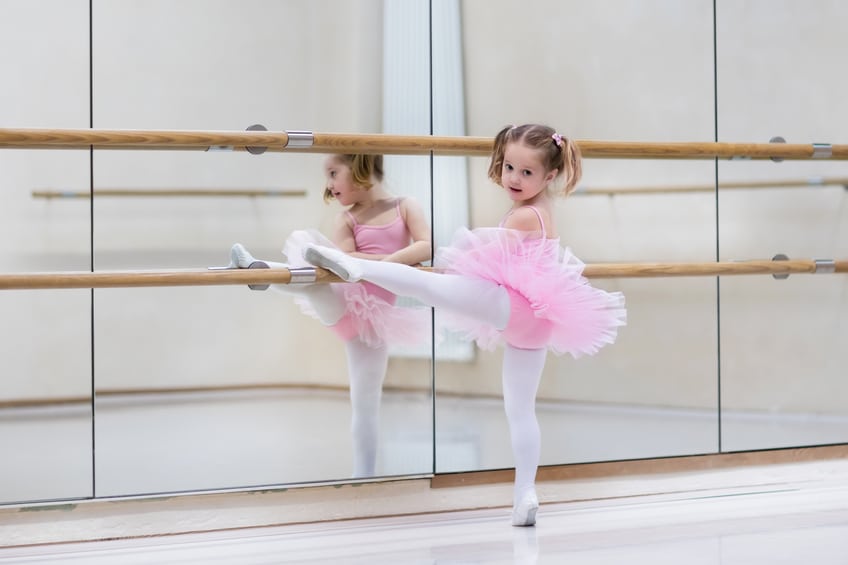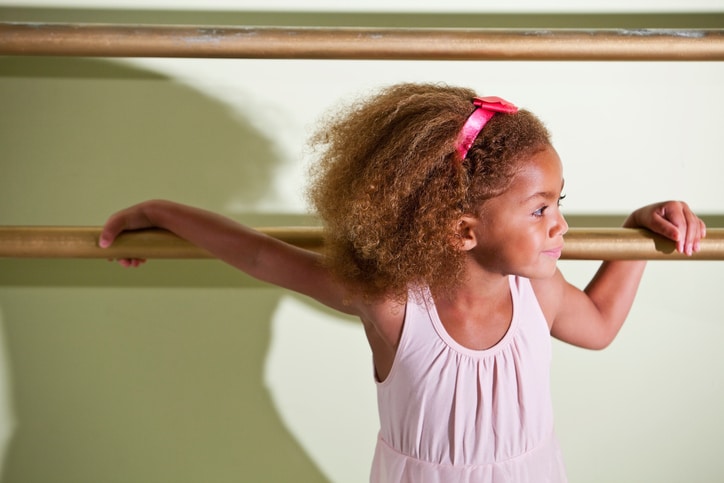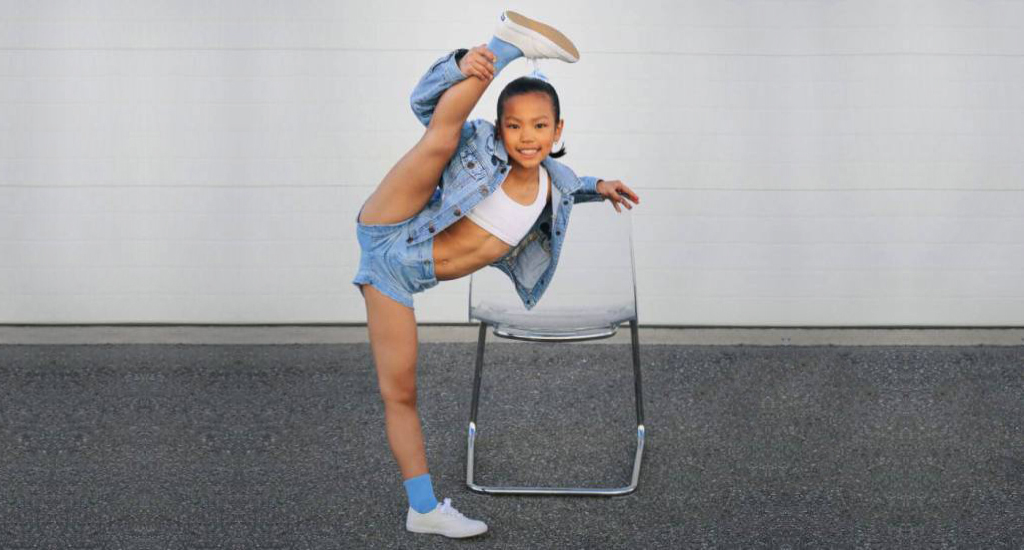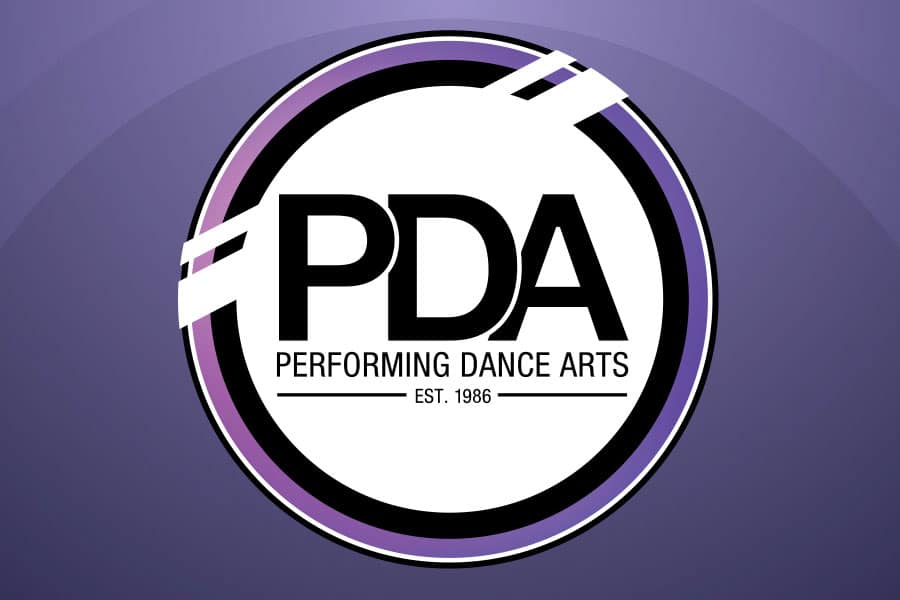There are some dances that capture the attention of the world because of their level of difficulty. In fact, some of the most challenging dances in the world have only a few expert dancers. The skills needed to make these challenging movements are what make these dances so difficult. The ballet dance style and moves are some of the most difficult ones that exist today. Here’s what you need to know about why ballet is one of the toughest dances in the world.
Most Difficult Ballet Dance Moves
Grand Jete
The Grand Jete is one of the most challenging jumps to perform and requires the dancer to continuously stretch to obtain flexibility. A skilled ballet dancer will gracefully propel themselves into the air and appear to do the splits while hovering above the ground for a moment.
En Pointe
The “en Pointe” technique in classical ballet is one of the most challenging to execute. In this move, a dancer has to support their entire bodyweight on their feet, which are fully extended. This move is usually done while wearing pointe shoes that allow structural reinforcement to distribute the weight of the body into the entire foot, rather than the toes alone. Without structural reinforcement, it would be too painful for the dancer to perform the move. It takes years for ballet dancers to master this technique, and in general, requires extreme training and dedication.
Pirouettes
It can take years for dancers to learn how to properly perform a pirouette. It is one of the most common moves in ballet, but require incredible balance and technique. To get their positions right, dancers spend hours practicing this move. No ballet dance is truly complete without a pirouette.
Fouette
A fouette is a “whipped throw” and is one of the most difficult turns in ballet dance. The dancer must pass their working leg in front or behind their body while spinning. This dance move is hard to master and takes a tremendous amount of determination to learn.
Grand Adage
A challenging part of any ballet routine is the Grand Adage. This dance move involved strong, slow, and well-controlled movements. Dancers must lift their legs to the front, back, and sides in swift movements without losing their balance. The Grand Adage reveals a dancer’s muscular strength and flexibility.
Swan Lake
If you find a fouette challenging, the Swan Lake dance has 32 of them! Swan Lake has some of the most notorious steps in ballet repertory. It involves whiplash motions of the raised leg that gives each turn its magnificence. The quick movements look incredible from the audience’s perspective, but the dancer’s expertise is what makes Swan Lake appear easy.
Tips for Mastering Difficult Ballet Dance Steps
- Master your choreography by learning the correct balance and flow for each move
- Practice makes perfect!
- Warm up before practicing
- Stretch before and after
- Stay calm and focus on the ballet dance steps
- Don’t get discouraged if you make a mistake, try again!
FAQs about Ballet Dance Steps
Do male ballet dancers wear pointe shoes?
In most cases, male dancers do not wear pointe shoes. They may sometimes wear them for a comedic affect, but they generally wear a leather or canvas slipper with a soft sole that allows the foot enough flexibility while jumping.
Can ballet dancers stand on their toes without pointe shoes?
Ballet dancers cannot stand on their toes without pointe shoes long enough to dance. This is because there is too much pressure on their toes—the dancer’s entire body weight! Pointe shoes are designed to support the toes and the feet and provide a small platform to balance on. Even still, many ballet dancers’ toes still bleed through their shoes.
Do ballet pointe shoes hurt?
Pointe shoes may look dainty but they are far from it. The tip of the shoe is made of a rigid box of densely packed layers of fabric, cardboard, and paper that has been hardened by glue. This box needs to be extremely sturdy for the dancer to balance, as it holds the weight of their body on such a small platform. The rest of the shoe is made of leather, satin, and cotton, and is custom made to fit each dancer’s unique specifications. Point shoes should not be painful for the beginner, however, there are some reasons why they might be uncomfortable:
- There is too tight or narrow of a fit;
- he box is too wide or short;
- The foot is too weak;
- The box has been rubbing on the skin to cause blisters; or
- The shoe settings are too soft.
How many hours a week does a professional ballet dancer train?
During training periods, dance students can practice between six and seven hours a day. for most professional companies, class begins at 10:00 a.m. and can continue until 6:00 p.m. with breaks in between. The toughest schedules can have dancers practice up to six days a week with these hours! Dancers are athletes that don’t stop working after the grand performance—they often continue performing and practicing throughout the entire year.
Learn Ballet Dance at Our Reputable School
Learning ballet dance positions, steps, and techniques takes time and if you are preparing your child for classes, it’s important that you have the right teachers for the job. At Performing Dance Arts, we employ teachers who have worked and trained in the dance industry for years. They can educate your child on choreography and theory, while respecting their individual creativity as a young dancer. Our classes are fun for beginners and our comfortable environment will help nervous students grow in confidence. If you’re considering ballet dance classes for your child, contact us and we will help you find the right teacher and classroom.




